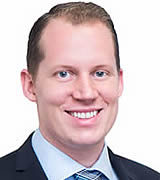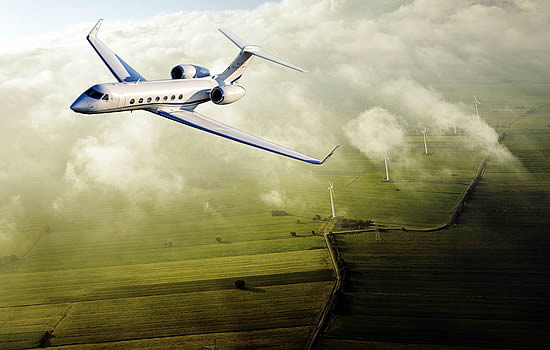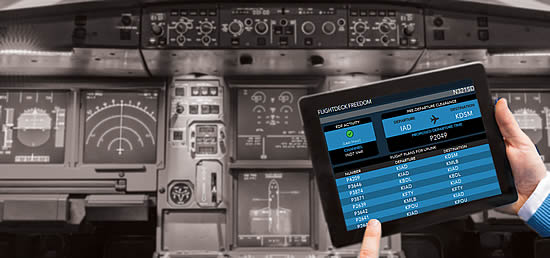 |
SD, stepping up to reduce aviation’s carbon footprintBy Michael Skou Christensen, CCO, Satcom Direct. |
As the battle to prevent drastic climate change continues, the aviation industry has set an aggressive goal to be carbon neutral by 2050. It is an ambitious aim, and to support this vision, business aviation has been seeking voluntary solutions to address the challenge for nearly a decade.
On the upside, we are moving in the right direction. An increasing number of operators are uplifting SAF, but it’s hard to source, notably higher priced than regular jet fuel, and not yet widely available. The book-and-claim system gives a proxy option to purchase SAF in the US and Europe. Still, availability limits its effect again as the commercial industry’s demand for supply is so much greater.
Technology is optimizing route planning, and intelligent engineering by OEMs enables the reduction of fuel burn for modern aircraft. Yet greenhouse gases are still emitted, and resolution is needed now. Carbon offsetting is one of the few actions that can be undertaken now, but it can be a complex and confusing process.

The Satcom Direct flight department welcomes the new automated carbon tool.
Yet while the options are limited, the mandates are not, and internationally the carbon reduction landscape has become increasingly bewildering for operators with non-standardized guidelines underpinning compliance regulations. Carbon offsetting invariably requires intricate calculations, reporting, analysis, and seeking a valid carbon offset project. The rules change as aircraft move between international airspace sectors, and the regulatory expectations are as diverse as the rules. This all adds to the workload for already busy flight departments seeking compliance.
At SD, we’re committed to streamlining flight operations to improve efficiency, so we’ve developed an intelligent, automated carbon reporting tool within our SD Pro® operating system. We have optimized the system in our flight department during the first half of the year. We are now launching the first version to select early adopter customers, to showcase how we can help support and navigate the carbon reduction path.

Fuel burn is calculated using the FDF datalink service.
The module uses real-time data generated by SD’s FlightDeck Freedom (FDF) datalink service, which accurately captures fuel burn information. The system then calculates the carbon emissions based on the amount of fuel burned, fuel type and blend for either a single leg, a global road show, a single aircraft or a complete fleet.
The validated emissions data generates reports displaying a variety of valuable metrics, including how much CO2 has been generated, in which airspace it was produced, and how this compares to previous or other similar trips. The flight department can select how to graphically present the data, which makes it easier for operators to create precise engaging reports. The automation gives added confidence in presenting reliable figures to satisfy internal monitoring systems and external regulating organizations.
In addition, the system provides authenticated information to enable the creation of a robust, actionable carbon offsetting plan. The module also connects to Patch's carbon offsetting platform, which helps companies access carbon credits through verified international carbon programs.
The system saves time and ensures consistent calculations globally. Operators benefit from seamless access to qualified carbon credits via approved registries, and carbon credits can be transacted. This makes the carbon reporting tool especially beneficial to those responsible for ESG initiatives and ever-evolving CORSIA compliance.
Our commitment is always to enhance and simplify operations while raising industry standards. With the introduction of our SD Carbon module this month, we are giving flight departments another option to help our industry move towards carbon-neutral goals. Our clients can get on with what they do best, operating their flights, and they can let the module do the rest. We anticipate that aviators will welcome the simplicity and convenience.




